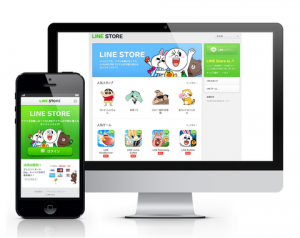
IKEA, the well-known Swedish furniture retailer, has sold 150 million meatballs, bringing in nearly 2 billion in annual revenue. This food division of IKEA is not the same as those restaurants we see every day—the strategy is to keep the restaurant and menu simple.
The managers in IKEA apparently have a clear vision about what IKEA has to offer the customers. After walking in the big store for the whole morning, customers want to sit down and have something to eat. If there is a long menu with a variety of food, it may take a relatively long time for customers to hesitate about what to choose. IKEA knows that customers come to shop for furniture, not for food, so the menu it offers contains only 5 items at reasonable and inexpensive prices.
IKEA’s restaurant has found its point of difference among so many restaurants in the world, which is providing limited items on the menu. But this point of difference is not mainly used for competing with other restaurants. Rather, the restaurant of IKEA is like an accessory of the furniture shop. It provides customers with a better shopping experience. With its own restaurant embedded in the furniture store, it ensures that customers stay as long as possible since they don’t have to drive to other places for meals.
Reference:
Hansegard, Jens. “IKEA’s Path to Selling 150 Million Meatballs.” The Wall Street Journal. The Wall Street Journal, 17 Oct. 2013. Web. 28 Oct. 2013.
“IKEA.” Wikipedia. Wikimedia Foundation, 26 Oct. 2013. Web. 28 Oct. 2013.

